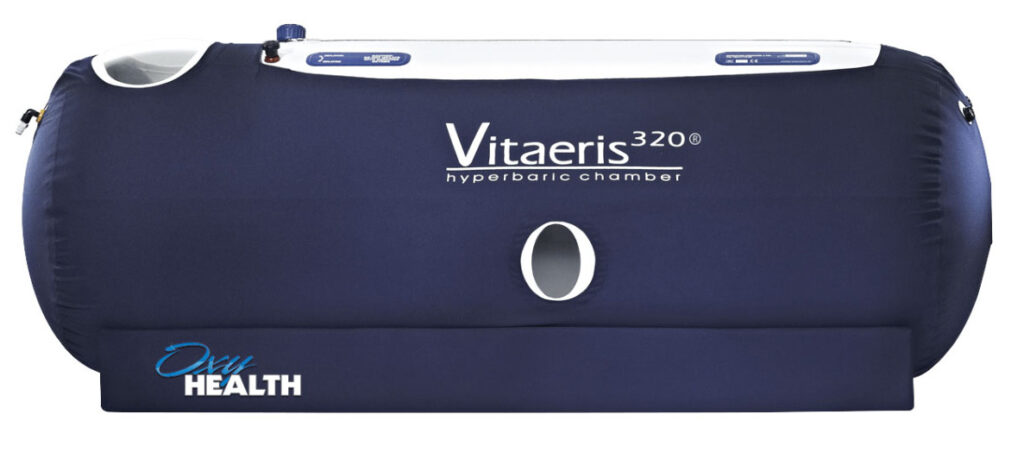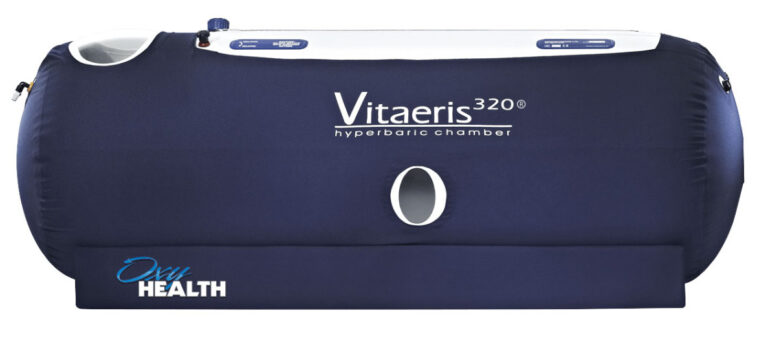Long-term wound care exacts a substantial toll, accounting for an estimated $3 billion annually in medical expenses. While conventional therapies like wound debridement, antibiotics, and skin grafts offer viable options, emerging treatments such as hyperbaric oxygen therapy (HBOT) are revolutionizing wound care by accelerating the healing trajectory.
Central to the healing process is the crucial role of oxygen. Disruptions in oxygen supply to blood and tissue can impede or halt wound healing altogether. HBOT intervenes by subjecting the body to 100 percent oxygen under pressurized conditions, ensuring that ample oxygen reaches the damaged tissue, kickstarting the healing cascade. This influx of oxygen fosters tissue repair and stimulates the growth of new, healthy tissue. Furthermore, HBOT aids in the restoration of damaged blood vessels, facilitating the uninterrupted flow of oxygen to the wound site.
Beyond its role in oxygen delivery, HBOT offers a multifaceted approach to wound healing. It mitigates chronic inflammation, a common hindrance to healing while bolstering the immune system’s response for optimal recovery. In essence, HBOT serves as a catalyst for comprehensive wound healing, addressing not only the immediate concerns but also promoting long-term tissue health and vitality.





